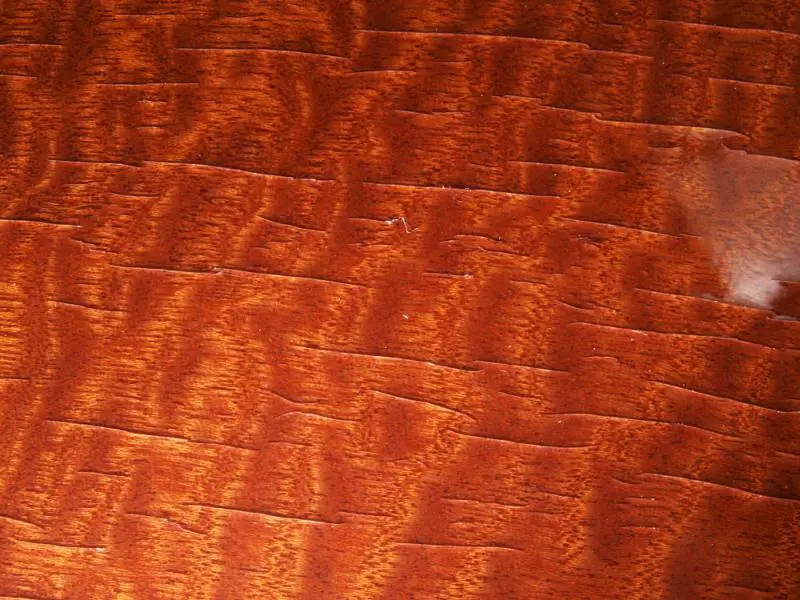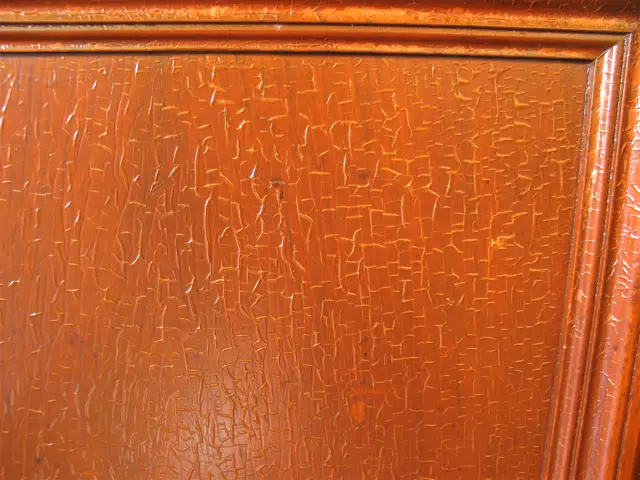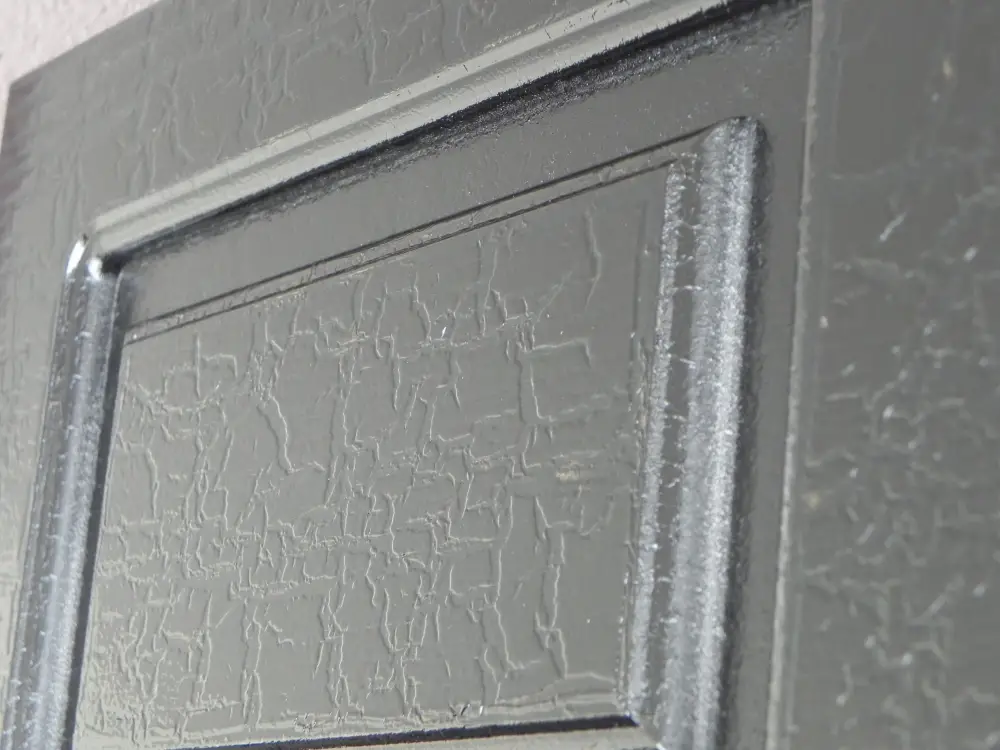Sometimes, after the varnish has dried completely, small cracks in the film can be seen. This is a finishing defect that can have various causes. Unfortunately, in order to solve the problem the cracked layer must be sanded off and a new one applied.

What causes the defect to occur.
Thickness of applied layer. Technical data sheets and technologies usually specify the grammage to be applied to each layer. When the applied layer is very thick, tensions are created in the film, which leads to cracking. The data sheet also specifies the number of coats of product that can be applied. More than the recommended number leads to a thick film that can crack over time. Sometimes, when the defect is detected, the film is lightly sanded and another coat applied. This is not the best solution because it thickens the varnish layer and increases the risk of cracking. Vigorous sanding is recommended to remove as much of the problem layer as possible. The maximum total quantity applied should not exceed 400-450 g/m². At higher quantities there is a risk of cracking.
Temperature and humidity, combined with the use of a rigid material. Large variations in humidity lead to dimensional variations in solid wood. If the lacquer is not elastic enough or the layer is too thick, cracks can occur at the joints and along the grain. When working with solid wood it is best to use more elastic products with less filler and more resin. These are more expensive products, but the cost of repairing cracks is infinitely higher.
Higher than recommended catalyst viscosity. In the case of catalyzed products, cracking may occur if more catalyst is added than recommended. Catalyst is not an elastic product and when the amount of catalyst added increases, the film becomes brittle.
Using a varnish with expired pot-life. The pot-life of the mixture between varnish and catalyst is specified in the data sheet. After this time the material does not harden instantly. It continues to remain fluid for some time and leaves the feeling that it can be used. In reality, the varnish loses its properties and the resulting film may crack.

Applying a new layer of material before the previous layer is completely dry. In case of wet-on-wet application, the next coat is applied after the solvent has evaporated, i.e. 30-45 minutes after application.
Incompatibility between finish coats. If a piece of furniture is refinished or refreshed, the compatibility of the materials used should be checked. If the layers are not compatible, cracks occur. Sometimes this can be an advantage. Crackle or crackling effect, as it is also called, is based on the incompatibility of two successive layers of material.

Combination with some substances in the previous layers or in the substrate (wood, MDF) can lead to cracking
There are final varnishes where the technical data sheet states that no more than one coat can be applied. There are substances inside the varnish, usually waxes, which give a very nice look to the final film, but they do not accept another coat on top. When defects occur, sanding must be done very thoroughly before applying the final coat of varnish again.
Sometimes cracks appear on the edges of the MDF. It happens when there is incompatibility between the substances in the MDF and the varnish. It is therefore recommended to sand the edges and milled surfaces and protect them with special insulating materials.
In general, cracks occurring due to dimensional variation of the wood are at the joints or along the grain, parallel to the grain. When the lacquer is at fault, the cracks are in the form of a lattice. For example, if the water-repellent varnish freezes it loses its properties. After thawing, it can no longer be used. If it is used, star-shaped cracks appear after drying, similar to the cracks that appear on mirrors or glass when a ball or similar object falls on them.
I hope you find the information useful. As usual, additions are welcome. If you have any questions or queries, please leave them in the space below. I'm sure I'll reply. And if you have experienced other problems, try to identify the cause with the links below to other finishing faults.




























[...] Finishing defects - Cracks in the film [...]
[...] Finishing defects - Cracks in the film [...]